Fenella writes…
Hi Michelle,
I am relatively new to your books and I was wondering where you get all of the unique names from.
Anyway I am loving your books and hope they get better as I keep reading.
Thanks, Fenella
Michelle Replies…
Hello, Fenella, and welcome to the world of Torak, Renn and Wolf! I’m so glad that you’re enjoying the books, and you’ve asked a great question. It’s a striking fact that because Stone Age people didn’t have writing, we don’t know a single Stone Age name. This mean that I had to make them all up. As the stories are set in northern Scandinavia, I used names and sounds from old northern European languages, such as Old Norse and Anglo-Saxon – although I tweaked some of them when I thought they needed it; and my guiding principle was that the name must suit the character. This gave me names such as Saeunn, Hord, and Fin-Kedinn (he’s one of my favourites). Thiazzi is based on a Norse storm giant, Thjazi, and Eostra on a rather frightening Norse or Anglo-Saxon goddess (she’s probably the source of the word Easter). I also got names from other cultures, such as Tanugeak, which is Inuit, and Maheegun, which is Cree for “wolf”.
Some of the most important names, though, were completely made up – or so I thought! I made up Torak, but then when I went to Greenland to research Spirit Walker and Soul Eater, I discovered that “torak” means “perfect” in Greenlandic. I thought I’d made up Renn, too, only to discover that “renne” is French for reindeer. That must make translating my novels into French rather interesting. Funnily enough the hardest name of all was Wolf. Before I wrote Wolf Brother, I spent several days trying out all sorts of names for my wolf cub, such as Dari or Nari, but they all sounded far too cute and un-wolf-like. Then I thought about this from his point of view, and I realised that he doesn’t have a name, he’s just Wolf.
So as you can see, names are difficult, but also fun to make up, and very important too; and the key is that they should fit the character. My test is that once I’ve made up a name, it should come readily to mind whenever I think about that character. If I can’t remember it, it’s probably not the right name. Thank you so much for asking this – and I really hope that you continue to enjoy the books. May the guardian run with you! With best wishes, Michelle

